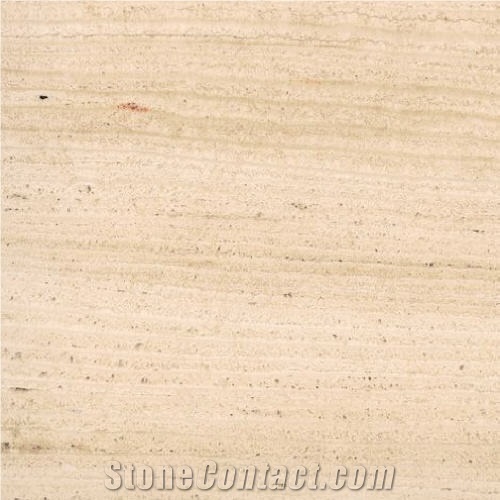Mahalat Travertine
 Iran
(Mahalat, Markazi Province)
Iran
(Mahalat, Markazi Province)
Mahalat Travertine is light cream beige colored porous classic beige travertine.
Finishes available: Honed, Aged, Polished, Sawn Cut, Sanded, Rockfaced, Sandblasted, Bushhammered, Tumbled, Weatheredge
Mahalat Travertine can be commonly used; Exterior - Interior wall and floor applications, countertops, mosaic, fountains, pool and wall capping, stairs, window sills, etc

Are there color variations of Iran's Mahalat Travertine?

Can Iran's Mahalat Travertine be used exterior applications in very humid climates?

Can Iran's Mahalat Travertine be used in a bathroom?

Is Iran's Mahalat Travertine an expensive stone?

Can Iran's Mahalat Travertine be used in landscaping?

What is the coefficient of friction of Filled Iran's Mahalat Travertine tiles?

What grade is Iran's Mahalat Travertine?

How thick is Iran's Mahalat Travertine slabs?
-

 Iran
Iran
 10YRDiamond members are premium members on platform, providing members with comprehensive approach to promoting their products, increasing products exposure and investment return to maximize.
10YRDiamond members are premium members on platform, providing members with comprehensive approach to promoting their products, increasing products exposure and investment return to maximize.
 Verified Supplier is for prove company authenticity,including business license,trade license and effective office space,to enhance buyers' trust to suppliers and their products, reducing communication costs.
Verified Supplier is for prove company authenticity,including business license,trade license and effective office space,to enhance buyers' trust to suppliers and their products, reducing communication costs.
Contact Supplier
-

QUANZHOU LINLEI IMP. & EXP.TRADING CO.,LTD.
 China
China
 6YRDiamond members are premium members on platform, providing members with comprehensive approach to promoting their products, increasing products exposure and investment return to maximize.
6YRDiamond members are premium members on platform, providing members with comprehensive approach to promoting their products, increasing products exposure and investment return to maximize.
 Verified Supplier is for prove company authenticity,including business license,trade license and effective office space,to enhance buyers' trust to suppliers and their products, reducing communication costs.
Verified Supplier is for prove company authenticity,including business license,trade license and effective office space,to enhance buyers' trust to suppliers and their products, reducing communication costs.
Contact Supplier
-

 Iran
Iran
Contact Supplier
-

QUANZHOU LINLEI IMP. & EXP.TRADING CO.,LTD.
 China
China
 6YRDiamond members are premium members on platform, providing members with comprehensive approach to promoting their products, increasing products exposure and investment return to maximize.
6YRDiamond members are premium members on platform, providing members with comprehensive approach to promoting their products, increasing products exposure and investment return to maximize.
 Verified Supplier is for prove company authenticity,including business license,trade license and effective office space,to enhance buyers' trust to suppliers and their products, reducing communication costs.
Verified Supplier is for prove company authenticity,including business license,trade license and effective office space,to enhance buyers' trust to suppliers and their products, reducing communication costs.
Contact Supplier
-

Goldtop ( Xiamen ) Imp. & Exp. Co., Ltd.
 China
China
 8YRDiamond members are premium members on platform, providing members with comprehensive approach to promoting their products, increasing products exposure and investment return to maximize.
8YRDiamond members are premium members on platform, providing members with comprehensive approach to promoting their products, increasing products exposure and investment return to maximize.
 Verified Supplier is for prove company authenticity,including business license,trade license and effective office space,to enhance buyers' trust to suppliers and their products, reducing communication costs.
Verified Supplier is for prove company authenticity,including business license,trade license and effective office space,to enhance buyers' trust to suppliers and their products, reducing communication costs.
Contact Supplier
-

-

 China
China
 Verified Supplier is for prove company authenticity,including business license,trade license and effective office space,to enhance buyers' trust to suppliers and their products, reducing communication costs.
Verified Supplier is for prove company authenticity,including business license,trade license and effective office space,to enhance buyers' trust to suppliers and their products, reducing communication costs.
Contact Supplier
-

-

The request includes: 1. surface finished, size 2. quantity required






